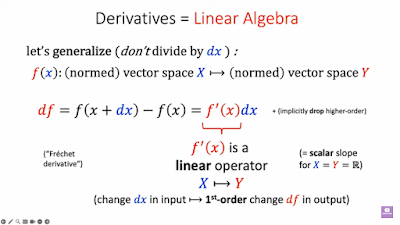On Web Sites for LETS Schemes and DAOs
See Local exchange trading system and the Law Commission of England & Wales scoping paper Decentralised autonomous organisations (DAOs). See Matthew Slater and https://communityforge.net/en/our-solutions/, also https://www.letsf.org.uk/. See also https://meshtastic.org/. For an example of a thriving community exchange trading scheme that works without electricity or mobile phones or anything, see Breakfast in The Amazon and Getting Around La Paz.
Here's the grammar of grammars:
RULES <- RULE | RULE ?ws? RULES
RULE <- SYM ?ws? '<-' ?ws? SYMSLIST
SYMSLIST <- SYMS | SYMS ?ws? '|' ?ws? SYMSLIST
SYMS <- SYM | SYM ?ws? SYMS
SYM <- '"' ?notdquote? '"' | "'" ?notsquote? "'" | ?AZs? | '?' ?azAZs? '?'
When I talk about ALT, SEQ etc. I mean that a grammar is a list of RULEs, each of which defines a SYM (short for symbol) as an alternation or a sequence of symbols, represented respectively in the grammar by a vertical bar or juxtaposition. Here alternations are sums and sequences are products in a Cartesian Closed Category.
See Philip Wadler - Propositions as Types and make sure you listen to this talk he gave at Strange Loop in September 2018:
Here's my response to an X call for "Everything App" devs:
It's not my code, it's Tom Ridge's https://t.co/wFJRasCKQG
— eternal Doorman (@IanANGrant66) January 16, 2025
RULES <- RULE | RULE ?ws? RULES
RULE <- SYM ?ws? '<-' ?ws? SYMSLIST
SYMSLIST <- SYMS | SYMS ?ws? '|' ?ws? SYMSLIST
SYMS <- SYM | SYM ?ws? SYMS
SYM <- '"' ?notdquote? '"' | "'" ?notsquote? "'" | ?AZs? | '?' ?azAZs? '?' https://t.co/BB2BBwg0io
Lambda Calculus is ninety years old. In this talk given in 2015, ten years ago, at 35:22, Wadler mentions UK research funding where "impact studies" to show the impact of research are limited to a twenty-year window, after which research is not considered impactful.
Here's another September 2015 talk by Erik Meijer on Cartesian Closed Categories, Lambda Calculus and their connection with concrete programming languages like Java. It's really good. This explains why you should start with a Functor for translating languages:
Subscribe to FooCafe.
At the same Strange Loop conference in September 2015 Philip Wadler gave a second talk about using Gentzen's Subformula Property and metaprogramming to integrate Domain Specific Languages in functional programming languages:
And if you want to prove your stuff as you write it, just use a Total Functional Programming Language like this:
Subscribe to Strange Loop.
See my comment:
39:20 You have indeed made that part of the program work at a higher level of abstraction, but the new functions you defined are in terms of the particular concrete representations of asteroids and the spaceship. If you were to change the concrete representations so that it used a different coordinate system such as polar coordinates, for example, your functions would have to be changed. So you could actually make a higher level abstraction by abstracting those ideas such as coordinate systems used to represent the position of objects, and that would raise the level of abstraction of your program from below, which is like adding a new ground floor the building after you put the roof on. That is something which often happens in language. For example, a child on that farm might know Bessie first as a process at age three, and then learn at primary school that Bessie is a cow and only later, at junior school, learn that Bessie is actually a mammal and has certain organs and ways of giving birth etc. Then in a creative writing class at age twenty she might be able to learn to use language to describe those sensations she had as a child, of being around a cow on a milking shed, for example. In terms of programming this would be akin to being able to redefine the low-level abstraction in terms of assembly language instructions, and later learn about category theory and functors so that you can produce a formal specification of a spaceship game and interpret that one specification to run on any kind of CPU and with any kind of graphics hardware. This is a great video, thank you!
He ends with some advice for the people at Y-combinator: Have a nice swim!
Subscribe to Programming 2.0

Comments
Post a Comment